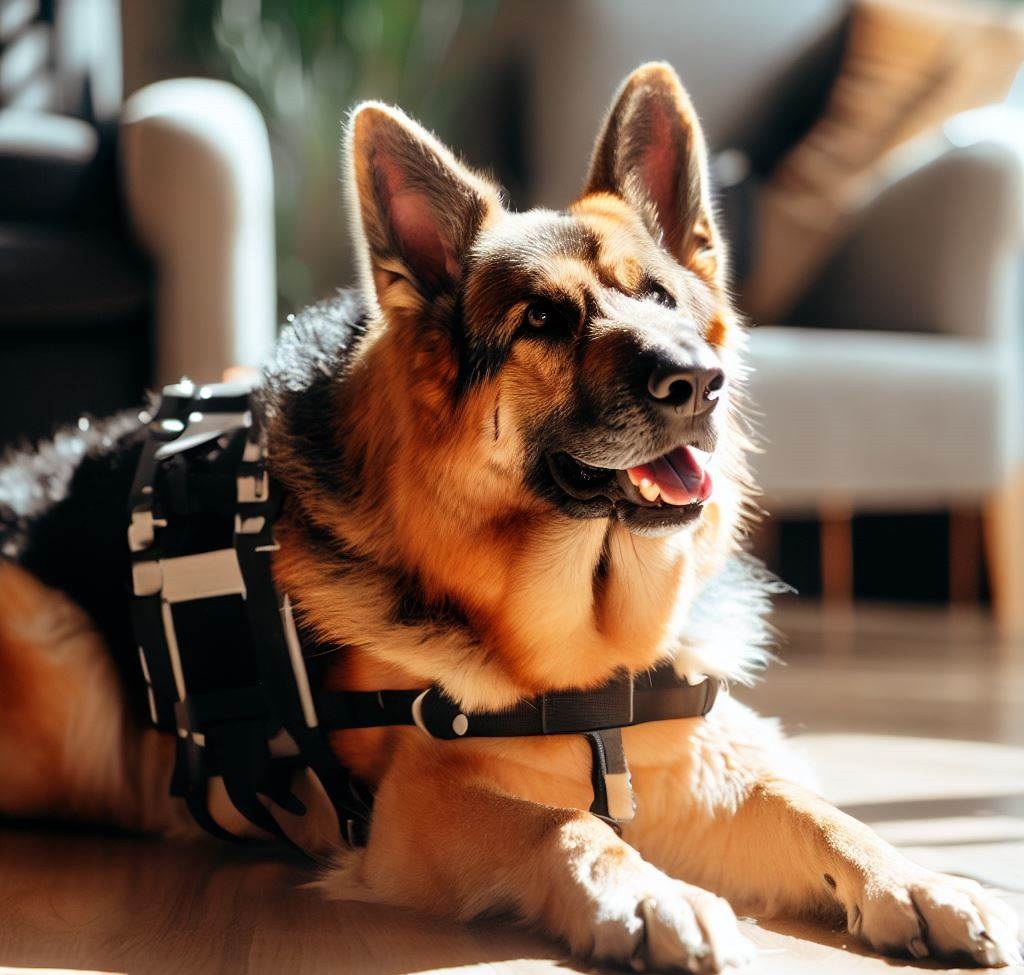
What is Ehlers-Danlos Syndrome?
The US National Library of Medicine describes Ehlers-Danlos Syndrome (EDS) as a group of genetic disorders that affect the connective tissues in the human body. These tissues provide support, strength, and elasticity to various structures in our body such as the skin, joints, blood vessels, and organs. Ehlers-Danlos Syndrome is caused by mutations in the genes responsible for producing or processing collagen, which is a major component of connective tissues. As of the last classification efforts in 2017, there are 13 different types of EDS each with its own set of symptoms and complications. The most common types include:
Classical EDS (cEDS)
This type is characterized by hyperextensible (stretchy) skin, joint hypermobility (loose or unstable joints), and tissue fragility. It may also involve easy bruising, frequent bleeding, and slow wound healing.
Hypermobility EDS (hEDS)
Individuals with hEDS typically have joint hypermobility, which can lead to frequent joint dislocations or subluxations (partial dislocations). The patients may experience chronic joint and musculoskeletal pain, fatigue, and soft, velvety skin.
Vascular EDS (vEDS)
This is the most severe and potentially life-threatening type of EDS. It affects the blood vessels, leading to an increased risk of arterial and organ rupture. Individuals with vEDS may also have thin, translucent skin and joint hypermobility.
Kyphoscoliotic EDS (kEDS)
This type is characterized by severe muscle weakness, curvature of the spine (kyphoscoliosis), joint laxity, and fragile, thin skin.
Other less common types of EDS include arthrochalasia EDS (aEDS), dermatosparaxis EDS (dEDS), and several rare types caused by distinct genetic factors.
What Are the Symptoms of Ehlers-Danlos Syndrome?
There can be various symptoms within the same type of EDS and these can vary in severity within the same type. Joint hypermobility, chronic pain, easy bruising, skin fragility, and gastrointestinal issues are common across different types of EDS.
Diagnosis of EDS involves an evaluation of clinical signs, family history, and genetic testing. The treatment plans primarily focus on managing symptoms and complications, which may include physical therapy, pain management strategies, bracing or assistive devices, and monitoring for potential complications.
Individuals with EDS need to work closely with a healthcare team dedicated to their support. EDS is a genetic disorder and patients need to undergo treatment that features a customized support plan.
Ehlers-Danlos Syndrome Treatment
A study sponsored by the Hospices Civils de Lyon which started in 2014 is still investigating the benefits of wearing a compression garment by patients with Hypermobility Ehlers-Danlos Syndrome. The garment is supposed to help relieve pain, keep the joints stable and improve muscle power output. These garments are custom-made and can be quite expensive. Another study from 2021 sponsored by Hospital St. Joseph, Marseille, France collects clinical data on how oxygen therapy can relieve fatigue and improve energy levels for patients with Hypermobility Ehlers-Danlos Syndrome.
Service dogs can provide valuable assistance to individuals with Ehlers-Danlos Syndrome (EDS) in various ways. Here are some ways service dogs can help people with EDS:
Mobility Assistance
As mentioned earlier, EDS can cause joint instability, muscle weakness, and balance issues. Sufficiently large service dogs can be trained to provide stability and balance support by acting as a brace or counterbalance while walking. We recommend German Shepherds for Mobility Aid work. Mobility Aid Service Dogs (also called Balance Aid Service Dogs) can assist in tasks like retrieving dropped items or helping their handlers get up from a seated or fallen position. If you are interested in training a service dog to retrieve dropped items for you or other mobility-related tasks please check our Service Dog Training Course.
Alerting
EDS can be accompanied by autonomic dysfunction, such as postural orthostatic tachycardia syndrome (POTS) or dysautonomia. Some individuals with EDS experience sudden drops in blood pressure or heart rate, leading to dizziness or fainting. Service dogs can be trained to recognize these changes and alert their handlers in advance, allowing them to take preventive measures. These measures may include moving to a safe location to rest, finding a chair to sit in, taking medication, and retrieving a phone in case of an emergency. If you experience cardiac episodes and you want to be alerted of them, please check our Cardiac Alert Service Dog Training Course.
Retrieving Objects
People with EDS may have difficulty bending, reaching, or carrying objects due to joint pain or weakness. Service dogs can be trained to retrieve items such as medication, a phone, a walking cane, dropped items, or other necessary objects.
Medical Assistance
EDS can be associated with various medical conditions and complications. Service dogs can be trained to detect symptoms, such as impending seizures or changes in blood sugar levels, and alert their handlers or fetch help when needed. Our school offers online-based Seizure Alert Service Dog Training and Diabetic Alert Service Dog Training.
Deep Pressure Therapy
As mentioned above, individuals with EDS often experience chronic pain and muscle weakness. This can severely affect mood and general mental health. Service dogs can provide deep pressure therapy (DPT) by lying or leaning against their handlers, which can help alleviate pain, provide comfort, and reduce anxiety. DPT is a core component of our Psychiatric Service Dog Training Course.
What Dog Breeds Are Suitable for EDS Patients?
Since people with Ehlers-Danlos Syndrome suffer from problems with their connective tissues it is generally believed that a calm and easy-going dog is the best fit. You do not want a hound or a high-energy dog to be your service dog if you have EDS because these types of dogs can be easily distracted and depending on their size they may cause you injury if they misbehave. Our school recommends breeds like the Bernese Mountain Dog, the Great Dane, the Bouvier des Flandres, the Labrador Retriever, and the American Bulldog. We would like to make a special note of mixed breeds like the Pitbull Lab Mix and the Lab Pointer Mix.
A Labrador Pitbull Mix is a cross between the loving and amiable Labrador Retriever and the loyal American Pit Bull Terrier. It’s also known as Labrabull, Bullador, and Pitador. This breed is a medium-to-large-sized dog, measuring 17 to 25 inches (43 to 64 cm) tall and weighing around 45 to 90 pounds (20 to 41 kg). A Labrador Pointer Mix is a mixed breed developed by crossing a purebred Labrador Retriever and a purebred Pointer. It is also known as a Pointerdor, a Labrador pointer, and a Labrador Retriever Pointer Mix. The Pointerdor can typically reach 22 to 28 inches (55 to 71 cm) in height at the withers and can weigh anywhere from 35 to 80 pounds (16 to 36 kg). Both of these breeds are favored for their strong body, calm temperament, and great intelligence.
If you are looking to adopt a puppy and train them yourself, please check our blog posts:












